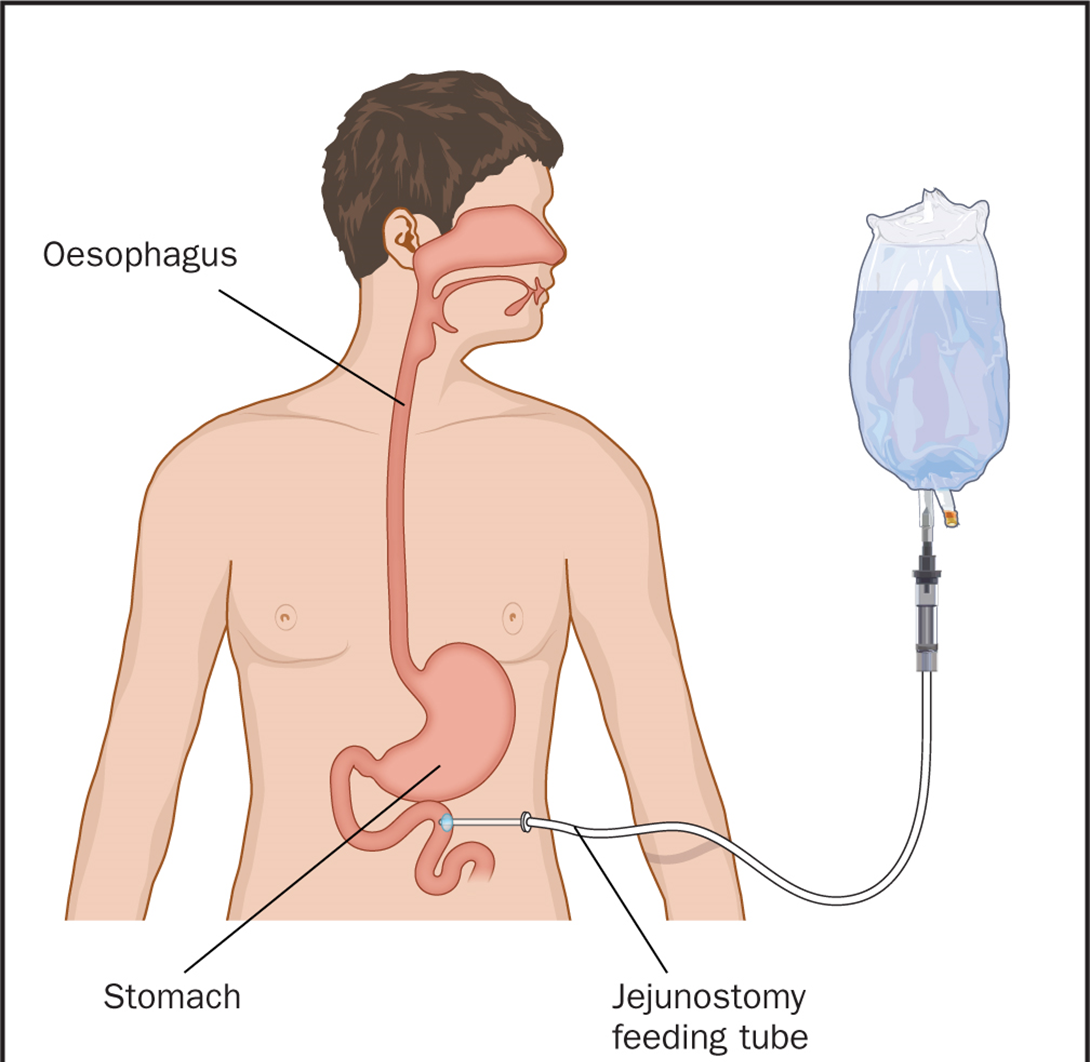A nurse is caring for a client who has fluid volume deficit and is receiving a continuous IV infusion. Which of the following findings indicates the treatment has been effective?
Elastic skin turgor
Dry mucous membranes
Oliguria
Tachycardia
The Correct Answer is A
Choice A reason: Elastic skin turgor is a sign of adequate hydration and fluid balance. Skin turgor is the ability of the skin to return to its normal shape after being pinched or pulled. When the skin is dehydrated, it loses its elasticity and becomes tented or wrinkled. The nurse should assess the skin turgor on the chest, abdomen, or forehead, and not on the hands or feet, which can be affected by aging or edema.
Choice B reason: Dry mucous membranes are a sign of fluid volume deficit, not fluid volume excess. Mucous membranes are the moist linings of the mouth, nose, eyes, and other body openings. When the body is dehydrated, the mucous membranes become dry, cracked, or sticky. The nurse should assess the mucous membranes for color, moisture, and capillary refill.
Choice C reason: Oliguria is a sign of fluid volume deficit, not fluid volume excess. Oliguria is the production of abnormally small amounts of urine, usually less than 400 mL per day or 30 mL per hour. Oliguria can indicate reduced kidney function, impaired blood flow to the kidneys, or inadequate fluid intake. The nurse should monitor the urine output, color, specific gravity, and presence of blood or protein.
Choice D reason: Tachycardia is a sign of fluid volume deficit, not fluid volume excess. Tachycardia is a rapid heart rate, usually more than 100 beats per minute. Tachycardia can occur when the body is dehydrated, as the heart tries to pump more blood to maintain the blood pressure and perfusion. The nurse should measure the pulse rate, rhythm, quality, and amplitude.
Nursing Test Bank
Naxlex Comprehensive Predictor Exams
Related Questions
Correct Answer is B
Explanation
Choice A reason: Flossing dentures is not necessary, as dentures do not have spaces between the teeth where plaque and food particles can accumulate. Flossing dentures may damage the denture material or cause it to loosen.
Choice B reason: Dentures should be cleaned with a soft material to prevent scratches or damage. A washcloth is gentle enough to clean the denture surfaces without causing harm.
Choice C reason: Wiping dentures before storing them in a dry container at night is not advisable, as it may cause the dentures to crack or warp. Dentures should be soaked in water or a denture cleanser solution overnight to keep them moist and prevent them from losing their shape.
Choice D reason: Wrapping gloved fingers with gauze to remove dentures is not a standard practice. Dentures should be removed carefully by rocking them slightly to break the seal with the gums. Using gauze is unnecessary and may not be as effective or safe for the dentures or the oral tissues.
Correct Answer is D
Explanation
Choice A reason: Abdominal distention is a possible complication of enteral nutrition, as it may indicate gas accumulation, constipation, or intolerance to the formula. However, it is not the greatest risk to the client, as it can be prevented or managed by adjusting the formula, rate, or volume of the feeding, or by administering medications or enemas.
Choice B reason: Fluid overload is a possible complication of enteral nutrition, as it may indicate excessive fluid intake, renal impairment, or heart failure. However, it is not the greatest risk to the client, as it can be prevented or managed by monitoring the fluid balance, electrolytes, and vital signs, or by administering diuretics or fluid restriction.
Choice C reason: Glycosuria is a possible complication of enteral nutrition, as it may indicate hyperglycemia, diabetes, or infection. However, it is not the greatest risk to the client, as it can be prevented or managed by monitoring the blood glucose, urine output, and signs of infection, or by administering insulin or antibiotics.
Choice D reason: Tube obstruction is the greatest risk to the client, as it may indicate clogging, kinking, or twisting of the tube, which can impair the delivery of the nutrition and medication, and cause aspiration, infection, or perforation. Tube obstruction can be prevented by flushing the tube with water before and after each feeding or medication, and by using a syringe or a pump to administer the formula. Tube obstruction can be managed by using warm water, carbonated beverages, or pancreatic enzymes to unclog the tube, or by replacing the tube if necessary.

Whether you are a student looking to ace your exams or a practicing nurse seeking to enhance your expertise , our nursing education contents will empower you with the confidence and competence to make a difference in the lives of patients and become a respected leader in the healthcare field.
Visit Naxlex, invest in your future and unlock endless possibilities with our unparalleled nursing education contents today
Report Wrong Answer on the Current Question
Do you disagree with the answer? If yes, what is your expected answer? Explain.
Kindly be descriptive with the issue you are facing.
